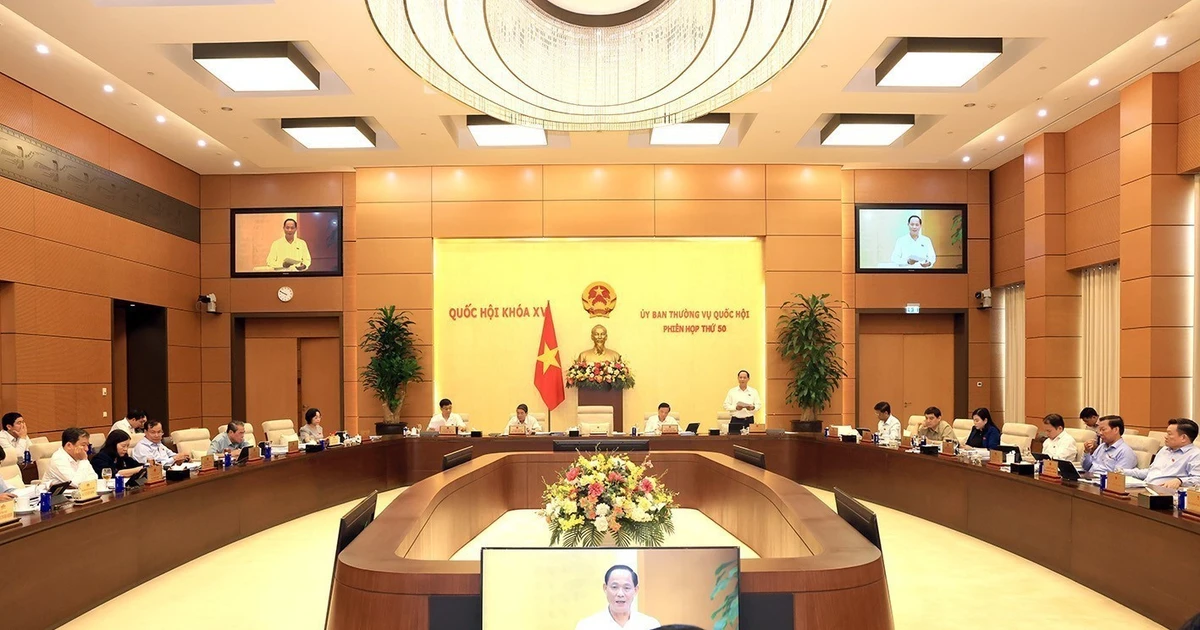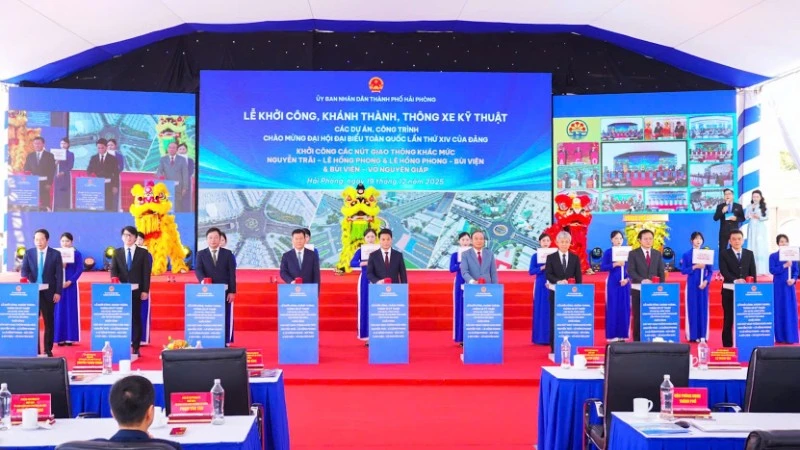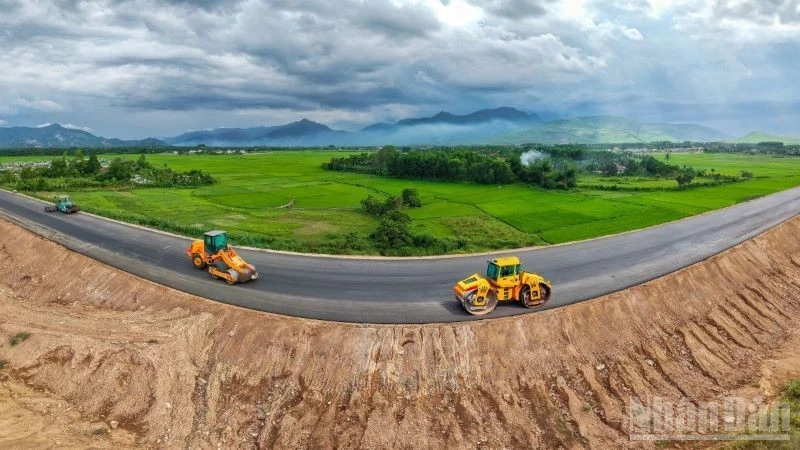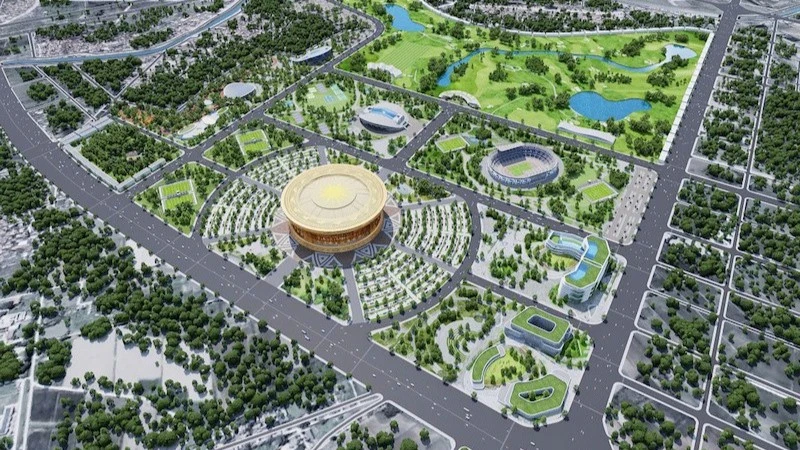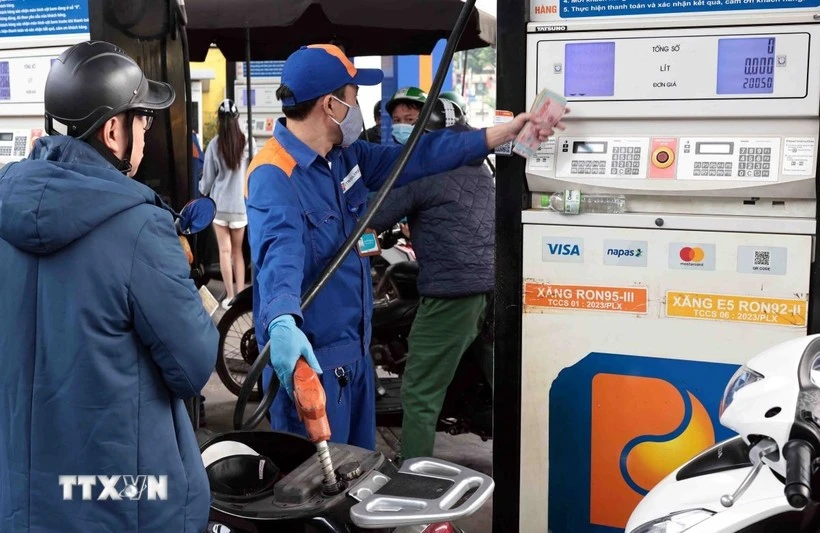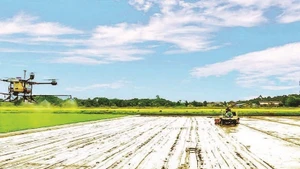Summarising the Government's reports, he highlighted this year's socio-economic situation and noted that macroeconomic stability has been maintained, growth robust, inflation under control, and major balances guaranteed.
All the 15 key targets for 2025 are expected to be met or exceeded, with GDP growth projected at 8% and inflation at around 4%. Meanwhile, per capita GDP is estimated at over 5,000 USD, marking Viet Nam’s entry into the upper-middle-income group.
The official underlined strong moves in the restructuring and streamlining of the political system’s apparatus, the implementation of the two-tier local government model, and the enhancement of power decentralisation to facilitate development and deliver better services to the people. Institutional and legal reforms have unlocked new resources for development, creating a more open and predictable business environment, while anti-corruption efforts have continued to show fruitful results, said the Deputy Minister.
Strategic infrastructure development has seen major breakthroughs, with over 3,000 km of expressways and 1,700 km of coastal roads completed this year – meeting the set targets.
Macro-economic restructuring and growth model reform have continued to be sped up. The handling of weak banks and delayed projects have produced positive outcomes. In science – technology, innovation, and digital transformation, Viet Nam ranks 44th out of 139 countries in the Global Innovation Index 2025, placing third in ASEAN.
Social and cultural development has also advanced strongly, with substandard housing eradication targets exceeded, education quality improved, and Viet Nam’s Happiness Index climbing eight places to 46th globally, the official noted.
Over the 2021–2025 period, the Government has fulfilled most development targets, including all social ones. Average GDP growth stands at 6.3%, close to the 6.5–6.7% target. Excluding 2021, which was affected by the COVID-19 pandemic, average growth from 2022 to 2025 reached 7.2%, surpassing expectations, according to Chi.
Delivering the verification report, Phan Van Mai, Chairman of the NA’s Committee for Economic and Financial Affairs, noted the comprehensive and remarkable socio-economic achievements of 2025 and the five years, especially breakthrough efforts in the final two years of the period.
However, he also pointed out key challenges. Growth drivers remain under pressure, with exports, consumption and investment not yet generating sufficient momentum. The economy still depends heavily on processing and imported materials and technology. Labour productivity growth averages only 5.24% during the period, well below the 6.5% target. Rising prices of essential goods also pose macroeconomic risks. While credit flows into real estate are still rising fast, production and business sectors are facing limited access to capital.
Mai further noted institutional perfection have not fully kept pace with development needs, with 55 guiding legal documents still pending and several regulations overlapping.
He said that the committee basically agreed with the targets that Government has set for 2026 – the first year of implementing the 14th National Party Congress's resolution and the 2026–2030 plan, including GDP growth of 10% or higher.
Concluding the discussion, NA Vice Chairman Vu Hong Thanh asked the Government to further refine the reports before the NA Standing Committee submits them to the NA for consideration and approval.
During the remainder of the session, the NA Standing Committee also heard and reviewed a number of reports, including those on the implementation of the 2025 State budget plan, the State budget estimates and central budget allocation plan for 2026, the implementation of the NA resolutions on the 2021–2025 financial and public investment plans, as well as the financial and public investment schemes for the 2026–2030 period.
